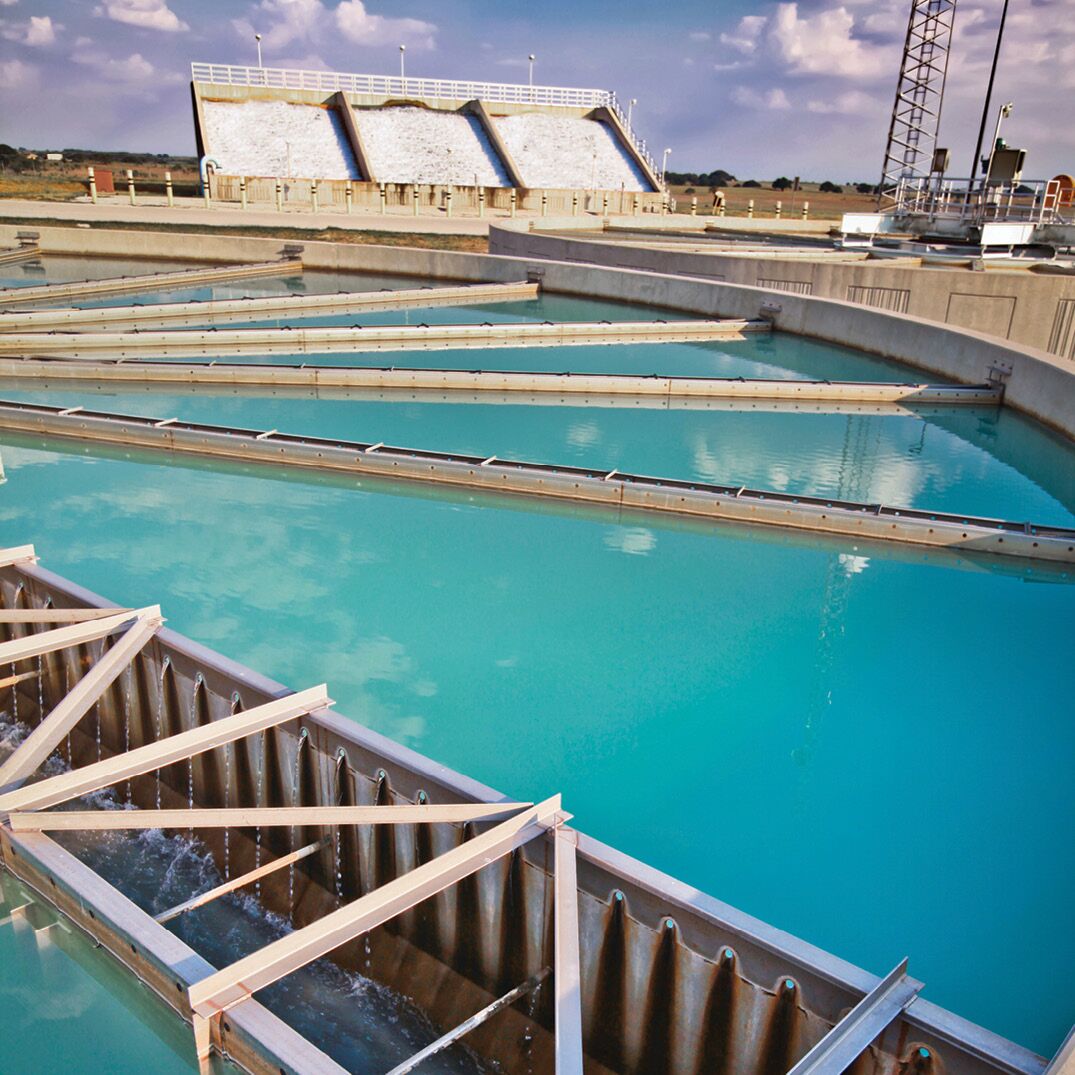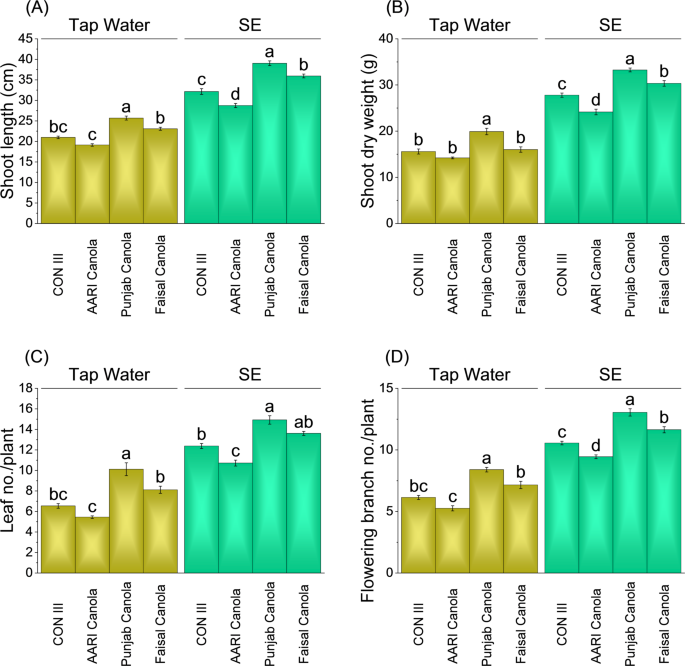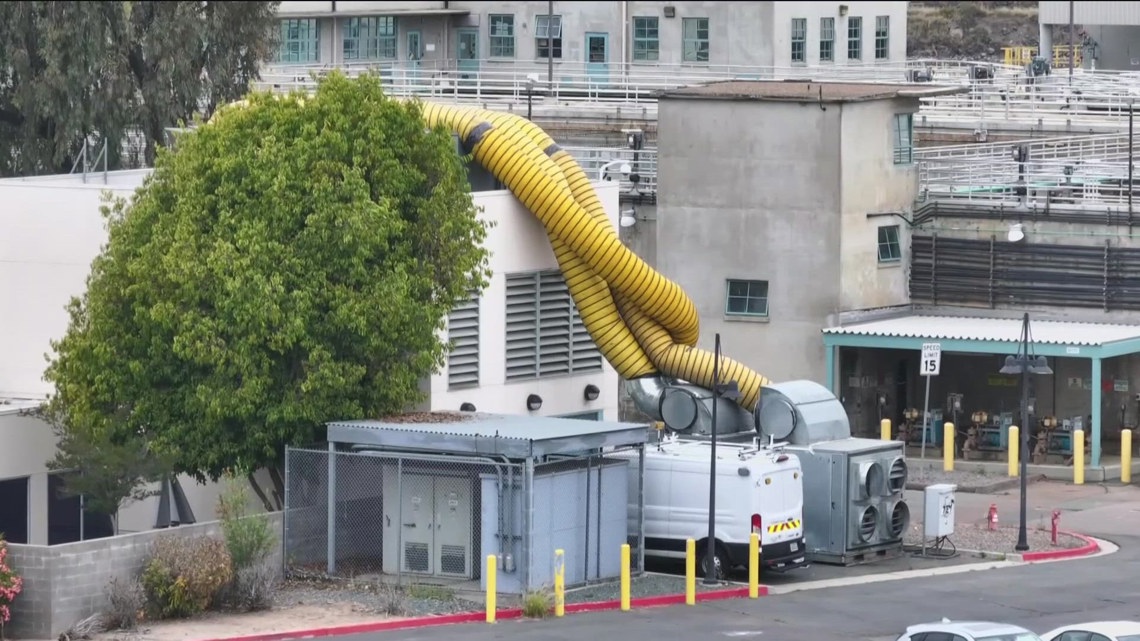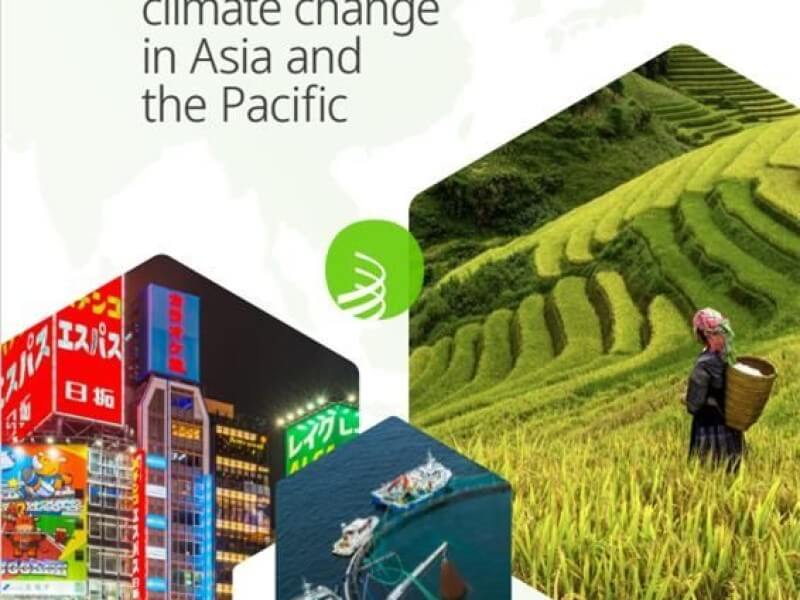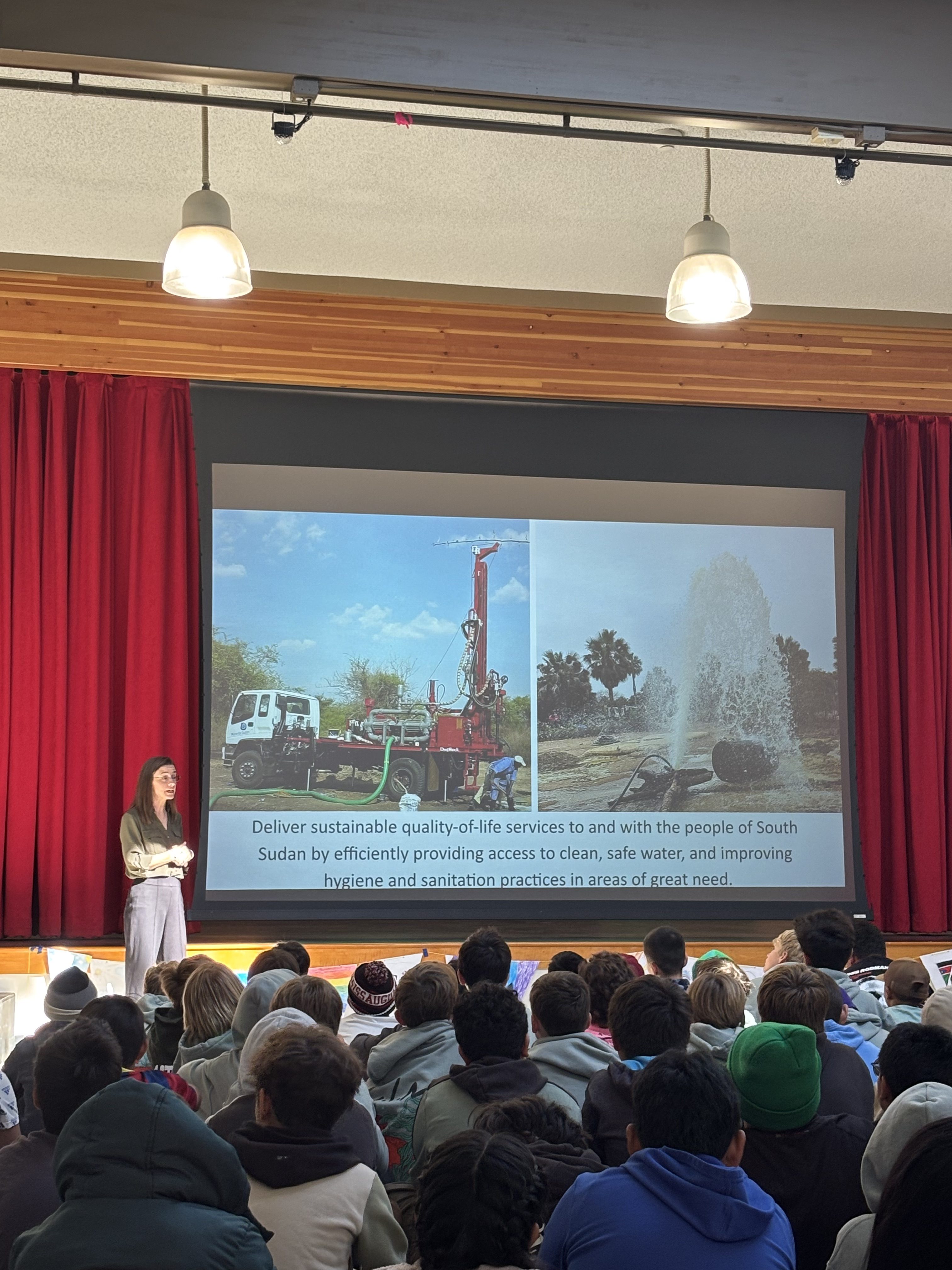Report on Sustainable Water Management Strategies in Texas and Alignment with UN Sustainable Development Goals
Water scarcity in Texas, driven by population growth, economic expansion, and climate-induced drought, presents a significant challenge to achieving United Nations Sustainable Development Goals (SDGs). In response, municipalities are implementing a diversified portfolio of water management strategies. These initiatives directly support key SDGs, including SDG 6 (Clean Water and Sanitation), SDG 11 (Sustainable Cities and Communities), SDG 12 (Responsible Consumption and Production), and SDG 13 (Climate Action), by enhancing water security, building resilient infrastructure, and promoting sustainable resource use.
Water Conservation: A Foundational Strategy for SDG 6 and SDG 12
Water conservation is a critical component of sustainable water management, directly addressing SDG 6.4, which aims to substantially increase water-use efficiency, and SDG 12.2, focused on the sustainable management and efficient use of natural resources. Texas cities are embedding conservation into their core policies through multifaceted programs.
Municipal Conservation Initiatives
- City of Lubbock: Implemented a comprehensive conservation plan featuring four key strategies:
- Structuring water prices to discourage overuse.
- Systematic leak detection and repair.
- Public education campaigns.
- Enforcement of lawn watering regulations.
- City of San Antonio: Deployed advanced water monitoring systems to provide households with real-time usage data, enabling prompt leak detection and promoting responsible consumption.
- City of El Paso: Achieved a 40% reduction in per capita water consumption since the 1980s through sustained conservation and public education programs, demonstrating significant progress toward SDG 6.4.
- City of Austin: A 100-year water plan includes innovative future strategies, such as integrating collected air conditioning condensate with gray water for municipal reuse.
The Texas Water Development Board projects that by 2070, such conservation efforts will save 2.2 million acre-feet of water, underscoring the strategy’s importance for long-term sustainability.
Wastewater Recycling and Reuse: Advancing SDG 6.3
Water recycling is an expanding practice that directly supports SDG 6.3, which calls for improving water quality by increasing recycling and safe reuse. Texas is a leader in both Direct Potable Reuse (DPR) and Indirect Potable Reuse (IPR) systems, creating a drought-resilient water supply and contributing to the circular economy principles of SDG 12.
Case Studies in Potable Reuse
- City of Big Spring: Operates the first DPR facility in the United States, producing up to two million gallons of purified drinking water daily. Wastewater undergoes advanced three-step purification before being blended with conventional water sources and treated to meet all federal and state drinking water standards.
- City of Wichita Falls: Utilizes an IPR system where highly treated wastewater is transported to Lake Arrowhead, supplementing the surface water reservoir and enhancing the city’s resilience to drought, a key target of SDG 11.
- San Antonio and El Paso: Both cities operate large-scale IPR systems. San Antonio’s facilities produce over 125,000 acre-feet of treated effluent annually for industrial and landscape use, while El Paso’s system has recycled over 95,000 acre-feet of water since 1985.
Aquifer Storage and Recovery (ASR): Enhancing Climate Resilience for SDG 11 and SDG 13
ASR projects are vital tools for managing climate and rainfall variability, thereby strengthening community resilience in alignment with SDG 11 and contributing to climate adaptation strategies under SDG 13. These systems allow for the storage of water during times of surplus for later use during droughts.
Project Implementations
- El Paso Water: The Enhanced Arroyo Infiltration Project recharges the Hueco Bolson aquifer using cost-effective infiltration basins. This initiative improves drought resilience and promotes sustainable groundwater management, a core tenet of SDG 6.
- San Antonio Water System (SAWS): The H₂Oaks ASR facility stores excess water from the Edwards Aquifer in the Carrizo-Wilcox Aquifer. With a storage capacity of 233,000 acre-feet, the system allows SAWS to maintain a consistent water supply during drought-mandated pumping restrictions, ensuring a reliable water source for a growing urban population.
Desalination: Diversifying Water Sources to Achieve SDG 6
The desalination of brackish groundwater offers a drought-proof water source, contributing to SDG 6.1 by ensuring access to safe and affordable drinking water. Texas is leveraging its estimated 2.7 billion acre-feet of brackish water to reduce dependence on finite freshwater supplies.
Key Desalination Facilities
- El Paso: The Kay Bailey Hutchison Desalination Plant is the world’s largest inland desalination facility, producing up to 27.5 million gallons of fresh water daily from the brackish Hueco Bolson Aquifer.
- San Antonio: The SAWS brackish groundwater desalination facility is one of the largest in the nation, converting previously unusable groundwater into high-quality drinking water.
Challenges related to the energy intensity and brine concentrate disposal are being addressed through deep-well injection and research into beneficial reuse, reflecting a holistic approach to sustainability that considers impacts related to SDG 7 (Affordable and Clean Energy) and SDG 12.
Emerging Solutions: Produced Water Reuse for a Circular Economy
The potential reuse of produced water from the oil and gas industry represents an innovative frontier for water supply, aligning with the principles of a circular economy and SDG 12.5 (waste reduction). The Texas Produced Water Consortium is evaluating the technological and regulatory frameworks needed to safely treat this water for applications such as irrigation and industrial cooling, potentially creating a new water source while reducing the environmental impact of energy production.
Conclusion: An Integrated Portfolio for a Sustainable Water Future
Texas is actively building a resilient and sustainable water future through an integrated portfolio of conservation, recycling, aquifer storage, and desalination. These strategies, when combined, create a robust framework for withstanding the pressures of population growth and climate change. This comprehensive approach demonstrates a strong commitment to achieving the UN Sustainable Development Goals, particularly SDG 6 and SDG 11, by ensuring water security and building resilient communities for generations to come.
Analysis of Sustainable Development Goals in the Article
1. Which SDGs are addressed or connected to the issues highlighted in the article?
The article on water management in Texas addresses several Sustainable Development Goals (SDGs) due to its focus on water scarcity, technological innovation, sustainable infrastructure, and community resilience. The primary SDGs identified are:
- SDG 6: Clean Water and Sanitation: This is the most central SDG, as the entire article revolves around ensuring the availability and sustainable management of water in the face of scarcity, population growth, and drought.
- SDG 9: Industry, Innovation, and Infrastructure: The article extensively discusses the development of resilient infrastructure and the application of innovative technologies to solve water challenges. This includes building desalination plants, water recycling facilities, and aquifer storage and recovery (ASR) systems.
- SDG 11: Sustainable Cities and Communities: The focus is on making cities like San Antonio, El Paso, and Lubbock more resilient and sustainable by diversifying their water supplies to withstand shocks like extreme drought and the pressures of population growth.
- SDG 12: Responsible Consumption and Production: The article highlights efforts to change consumption patterns through water conservation programs, public education, and pricing structures designed to discourage overuse, directly linking to sustainable consumption.
- SDG 13: Climate Action: The strategies discussed are presented as direct responses to climate-related challenges, specifically “persistent drought conditions” and “climate and rainfall variability,” aiming to strengthen resilience and adaptive capacity.
2. What specific targets under those SDGs can be identified based on the article’s content?
Based on the article’s discussion of water management strategies in Texas, several specific SDG targets can be identified:
-
Under SDG 6 (Clean Water and Sanitation):
- Target 6.3: By 2030, improve water quality by … substantially increasing recycling and safe reuse. The article details direct potable reuse (DPR) in Big Spring and indirect potable reuse (IPR) in Wichita Falls and El Paso, where wastewater is treated to drinking water standards and returned to the supply system.
- Target 6.4: By 2030, substantially increase water-use efficiency … and ensure sustainable withdrawals and supply of freshwater to address water scarcity. This is addressed through conservation strategies in Lubbock (pricing structures, leak fixing) and San Antonio (real-time monitoring), as well as diversifying supply with desalination and ASR to ensure sustainability.
- Target 6.5: By 2030, implement integrated water resources management. The article’s main theme is the shift toward “diversified water management practices,” combining conservation, recycling, ASR, and desalination into a comprehensive portfolio to ensure water security.
- Target 6.b: Support and strengthen the participation of local communities in improving water and sanitation management. The article emphasizes the importance of public education, citing El Paso Water’s experience: “Educating the consumer has been key” to making conservation “a way of life for our residents.”
-
Under SDG 9 (Industry, Innovation, and Infrastructure):
- Target 9.1: Develop quality, reliable, sustainable and resilient infrastructure. The article provides numerous examples of such infrastructure, including the Kay Bailey Hutchison Desalination Plant in El Paso, San Antonio’s H2Oaks ASR facility, and the DPR facility in Big Spring, all built to ensure a resilient water supply.
- Target 9.4: By 2030, upgrade infrastructure and retrofit industries to make them sustainable, with increased resource-use efficiency and greater adoption of clean and environmentally sound technologies. The adoption of reverse osmosis for desalination and advanced methods for treating oilfield produced water are examples of adopting cleaner, more efficient technologies to create new water sources.
-
Under SDG 11 (Sustainable Cities and Communities):
- Target 11.5: By 2030, significantly reduce … the number of people affected … by disasters, including water-related disasters. The article states that ASR projects make communities “much better prepared to handle climate and rainfall variability” and that recycling projects enhance “drought preparedness,” directly contributing to resilience against water-related disasters.
- Target 11.b: …increase the number of cities … adopting and implementing integrated policies and plans towards … resource efficiency, mitigation and adaptation to climate change, resilience to disasters. The article describes how cities like Austin (with its “100-year water plan”) and San Antonio are implementing integrated plans to adapt to climate variability and ensure long-term sustainability.
3. Are there any indicators mentioned or implied in the article that can be used to measure progress towards the identified targets?
Yes, the article mentions several quantitative and qualitative indicators that can be used to measure progress towards the identified targets:
- Per capita water consumption: The article explicitly states, “El Paso consumes about 40 percent less water per capita today than it did in the 1980s.” This is a direct indicator for measuring progress in water-use efficiency (Target 6.4).
- Volume of recycled or reused water: Specific figures are provided, such as Big Spring producing “more than 1.7 million gallons of recycled drinking water … daily,” and San Antonio’s centers producing “more than 125,000 acre-feet (41 billion gallons) of treated effluent annually.” These figures measure the implementation of water recycling (Target 6.3).
- Water storage and production capacity: The article notes the H2Oaks ASR facility can store “up to approximately 233,000 acre-feet (75 billion gallons) of water,” and the El Paso desalination plant produces “up to 27.5 million gallons of fresh water a day.” These metrics indicate the scale of resilient infrastructure development (Target 9.1) and enhanced water supply (Target 6.4).
- Projected water savings: The mention of the “Texas Water Development Board’s (TWDB) 2022 State Water Plan projects a water savings of 2.2 million acre-feet (717 billion gallons) through conservation efforts alone by the year 2070” serves as a long-term indicator for conservation effectiveness (Target 6.4).
- Cost of water production: The article implies cost as an indicator of technological viability by noting that “SAWS desalinated water was about three times the cost of Edwards Aquifer groundwater.” Tracking this cost over time would indicate progress in making innovative technologies more affordable (relevant to Target 9.4).
- Public acceptance and participation: While qualitative, the article’s emphasis on public education and acceptance of water reuse as “essential for long-term public acceptance” implies that community buy-in is a key indicator for the success of community-focused programs (Target 6.b).
4. Summary Table of SDGs, Targets, and Indicators
| SDGs | Targets | Indicators |
|---|---|---|
| SDG 6: Clean Water and Sanitation |
|
|
| SDG 9: Industry, Innovation, and Infrastructure |
|
|
| SDG 11: Sustainable Cities and Communities |
|
|
| SDG 12: Responsible Consumption and Production |
|
|
| SDG 13: Climate Action |
|
|
Source: trerc.tamu.edu

